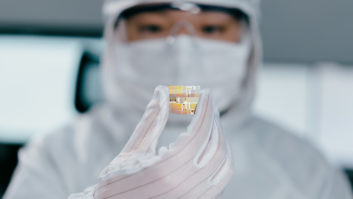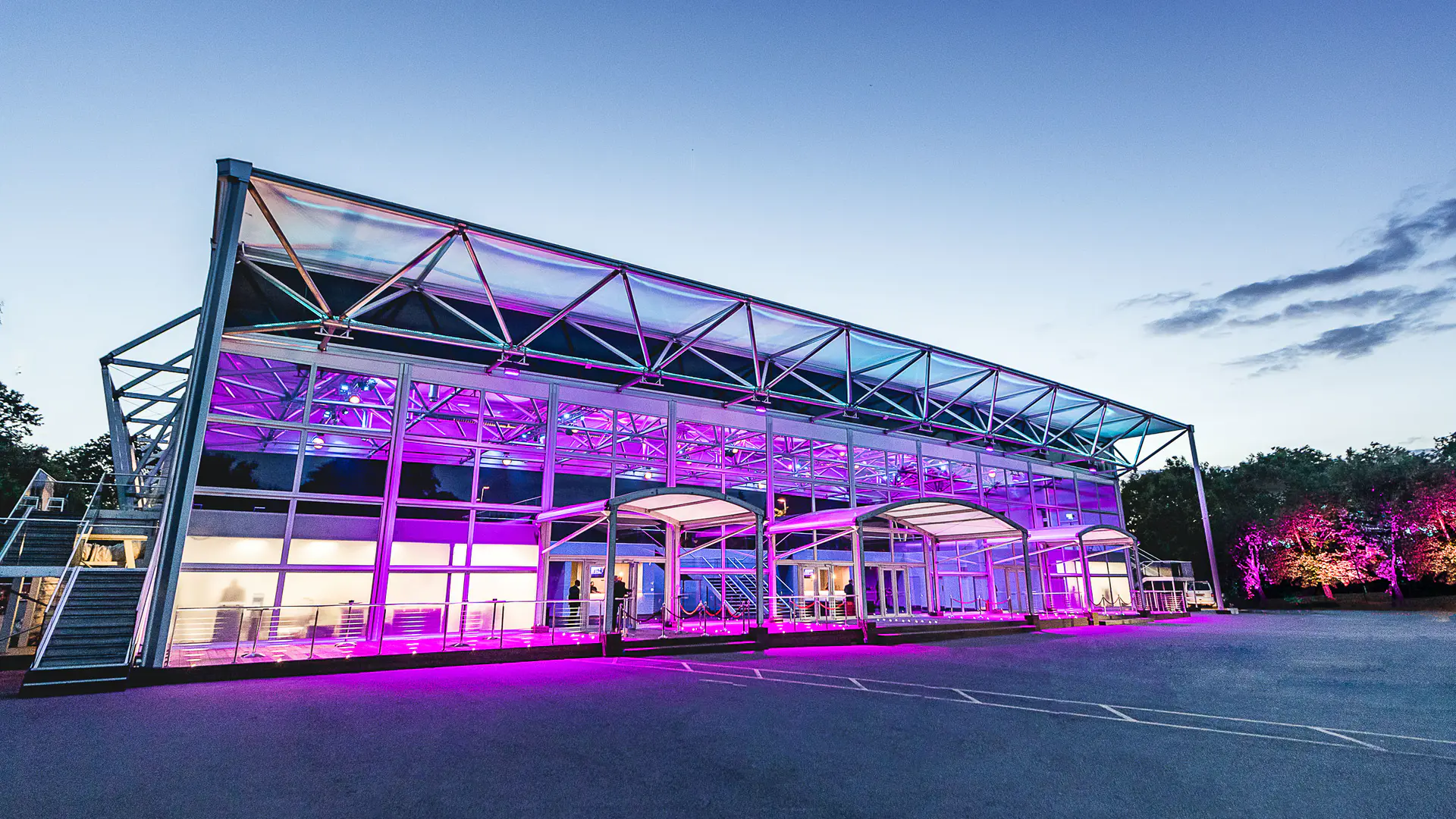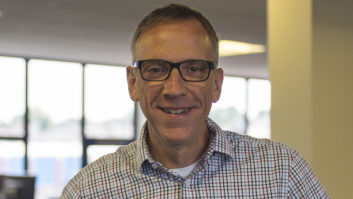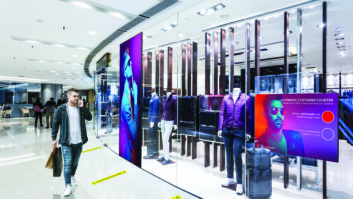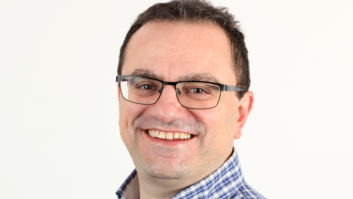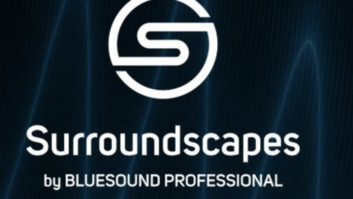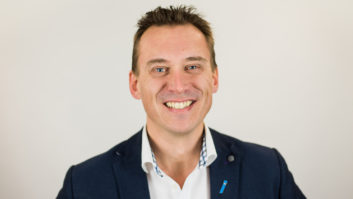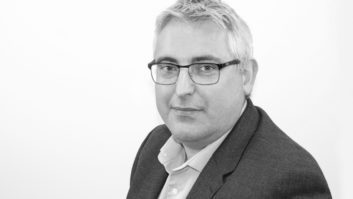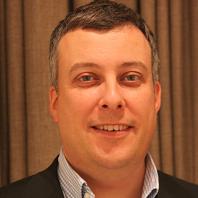
Evolving software requirements and the move towards full IP control are among the residential market trends highlighted by Michel Oltramare, who is CEO of Swiss CI company Smart Home SA. He spoke to David Davies about his early days in the business, the development of Smart Home, and the importance of ‘service, service, service.’
How did you come to be working at Smart Home SA, and what is your present role at the company?
Having worked for four years in Mergers & Acquisitions in the City of London, I did post-grad study in Barcelona with my wife, who is an architect, on ‘The impact of Technology on Architecture’. I then decided to come back to Switzerland and asked a friend if he would be interested starting a custom installation company with me as I saw the potential [of that market]. Smart Home was born in January 2002. I am currently the CEO of the company and I [look] for new projects.
What are the core areas of Smart Home’s business, and have they changed in recent years?
Our five key areas of activity are: multi-room and multi-source audio & video distribution; light and shades management; programming of touch panels, remotes, and various processors and interfaces; high-end home cinema with acoustical treatment and close coordination work with architects and decorators; and finally, developing bridges and interfaces to control other systems such as HVAC, security, cameras, access control, etc. The programming is evolving towards new languages which are closer to regular software development and not tailored [so specifically to] the custom installation sector.
What is the one current technological development in the residential installation industry that excites you most above all others – and why?
The move to ‘full IP’ both in the control and media retrieving sectors. This offers new programming possibilities and a much easier and simpler integration due to the reduced number of cables which have to be installed. It also gives us the possibility to offer new services like, for example, remote access for changes, supervision and preventive maintenance. But it also represents new challenges and the need to have [extensive] in-house know-how about networking deployment and configuration.
How competitive is the Swiss residential installation sector at present, and which factors do you think distinguish the services offered by Smart Home?
When we started in 2002, there were three companies in Switzerland offering similar services focused only [on] the high-end residential market. Relatively quickly, we grew to become the largest one after expanding our activity into the Swiss-German part of Switzerland. Today, people from various sectors like IT, radio/TV, and even satellite installation and telecoms have realised the potential [of the] custom installation market. We try to differentiate ourselves by offering not only the latest products available – even if on paper [they] might be very appealing to our clients – but [also] selecting more simple and robust technologies which are user-friendly and, on top of everything, very robust and reliable.
Where do you think the greatest opportunities for growth will come from during the next few years?
Service, service and service! Over the last 10 years, it is not only the price of plasma and, subsequently, LCD screens which went down, it was also the same for most of the hardware equipment we use, [albeit] at different paces. Our clients care about the user interfaces they have to control their homes, how reliable they are, and how quickly we react if there is a problem. My firm impression is that with products like the iPhone and iPad, and the move towards full IP, the hardware equipment – for example, specialised control processors, audio & video switchers and various interfaces – will become less important and most of the programming we will do will be focused mainly on software controlling other software applications like iTunes, iPhoto, etc.
Finally, what of the future for Smart Home?
2009 [was] a relatively difficult year for us not only because of the financial crisis, but also because of some internal reorganisation issues. 2010 will most probably be our best year as of today. Once we have further optimised and consolidated our process within the next 18-24 months, my ambition for Smart Home would be to move from a high-end client base into large-scale residential projects both in Switzerland and abroad. As a result, these services, technologies and ‘smart homes’ would be made available to a wider audience.
